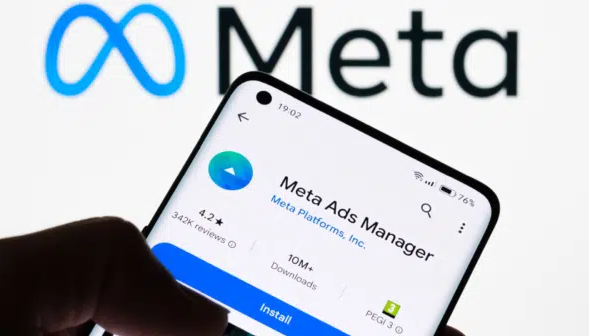Meta’s shift to views as the primary metric across its platforms offers advertisers a unified way to measure reach.
Meta is standardizing its performance metrics across platforms, making “views” the central way to measure content performance on Facebook, Instagram and Threads.
What’s new:
- Views everywhere: The metric will apply to all content types – videos, photos, text posts and more. On Facebook and Threads, a view counts every time a post appears on a user’s screen, including repeat views by the same person. For Reels, a view tracks each time a video is played.
- Transparency push: Threads now displays view counts on posts, similar to Instagram Reels and Stories. Meta says this gives creators better insight into their content’s reach, though the utility for casual users is less clear.
Why we care. This shift simplifies how creators and brands track engagement, aligning Facebook with Instagram’s long-established metrics. The emphasis on views prioritizes raw exposure, making it easier for you to showcase brand awareness campaigns. Even content with lower interactions but high visibility can deliver significant value in raising awareness.
However since Meta counts multiple exposures from the same user as separate views, advertisers need to assess whether increased view counts translate to meaningful outcomes, such as clicks, conversions or engagement.
Big picture:
- Easier for creators: Instagram head Adam Mosseri said the change provides creators with a consistent, cross-platform way to gauge performance. For influencers and brands managing multiple accounts, this could simplify strategy.
- Meta’s motives: Like other platforms, Meta uses metrics like views to incentivize behavior that benefits its bottom line – more content creation and more time spent on its apps.
Between the lines. This move mirrors Elon Musk’s push to emphasize views on X, highlighting a growing trend where platforms prioritize raw visibility metrics. However, critics note that views alone can be misleading without context, like engagement quality or why content is being shown to users.
Bottom line. By focusing on views, Meta reinforces its emphasis on maximizing content exposure and keeping users engaged across its ecosystem. For creators and brands, it’s a reminder that platform priorities – and metrics – are ever-evolving, often shaped by what drives business growth.

